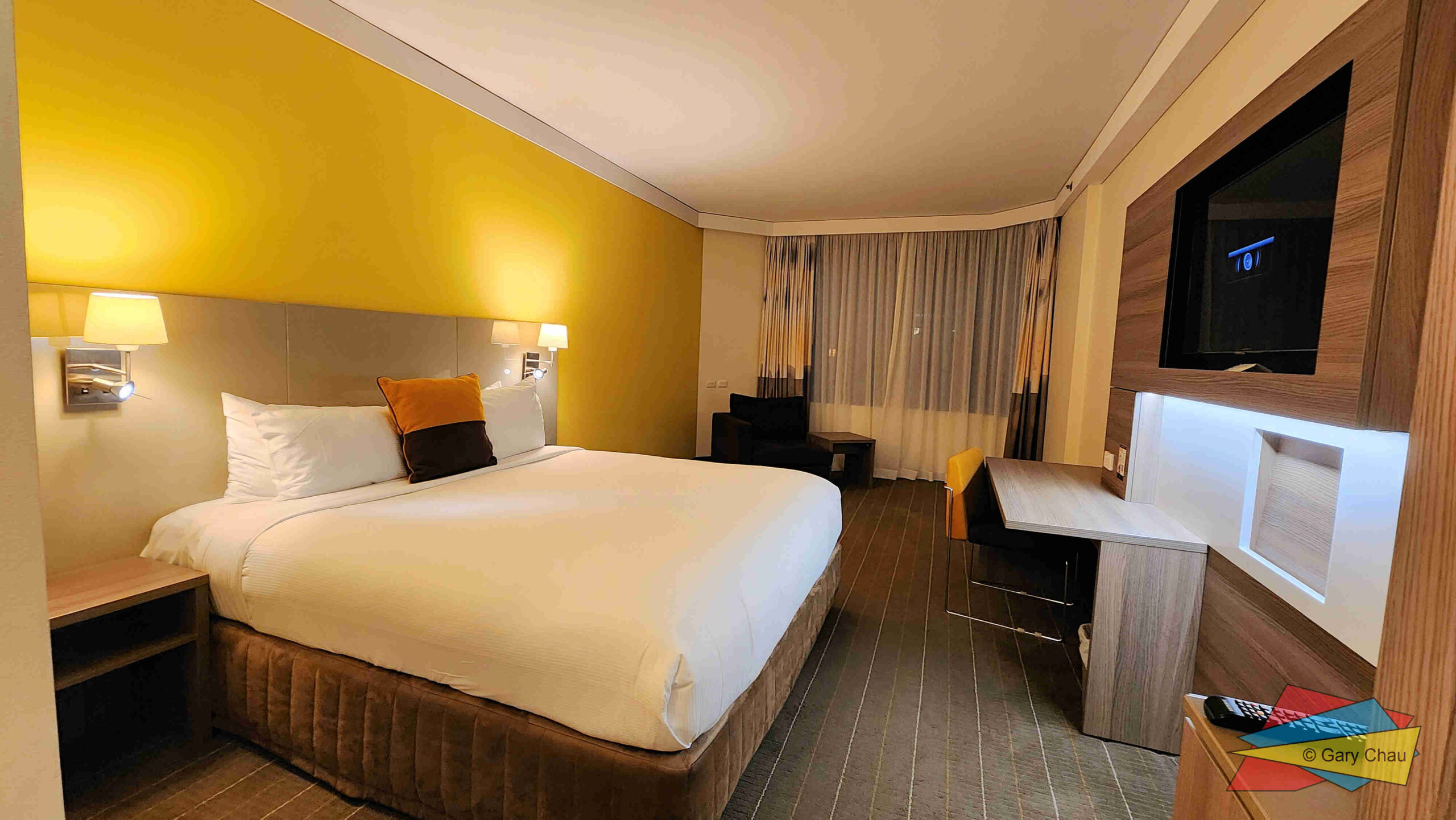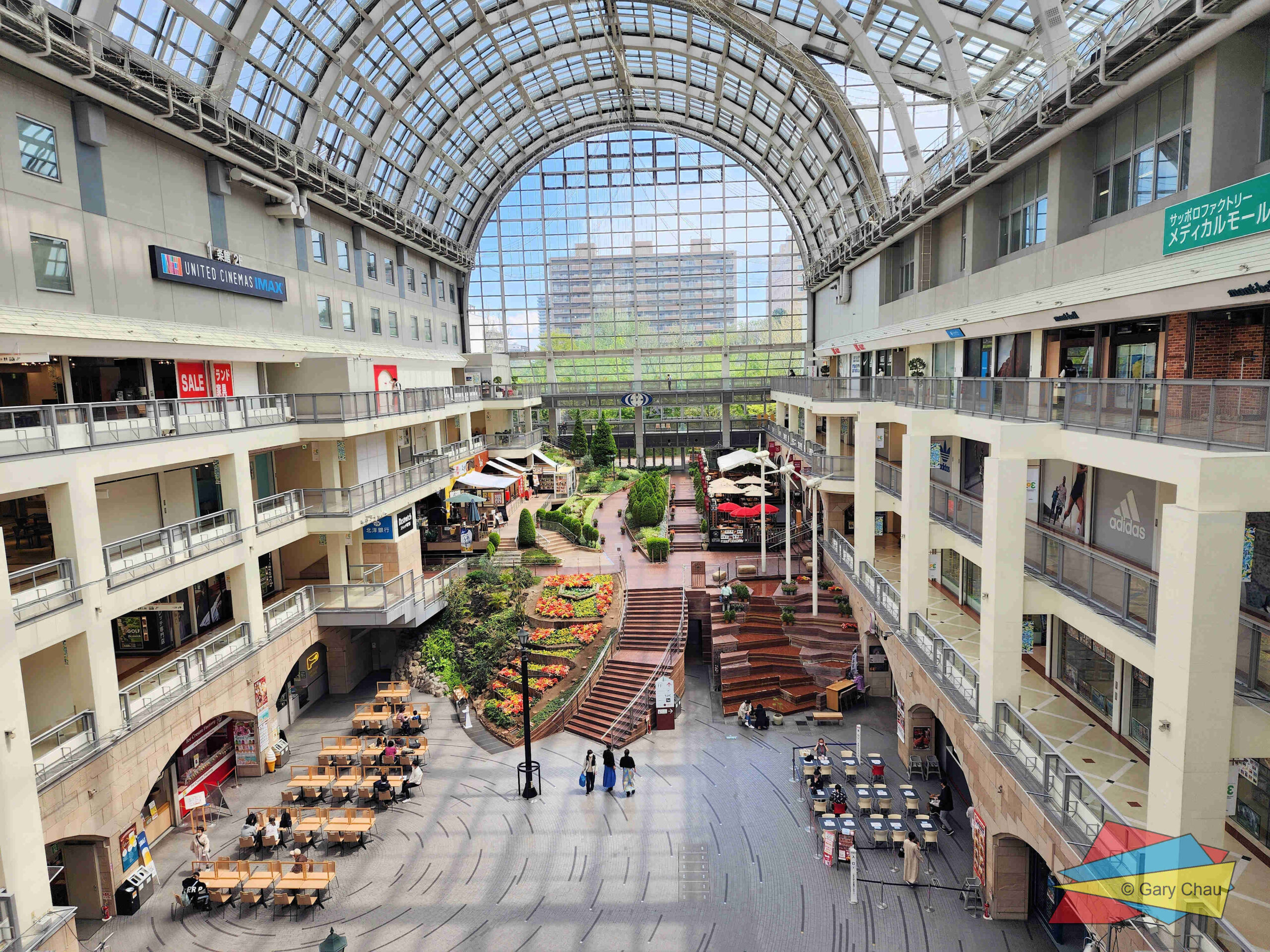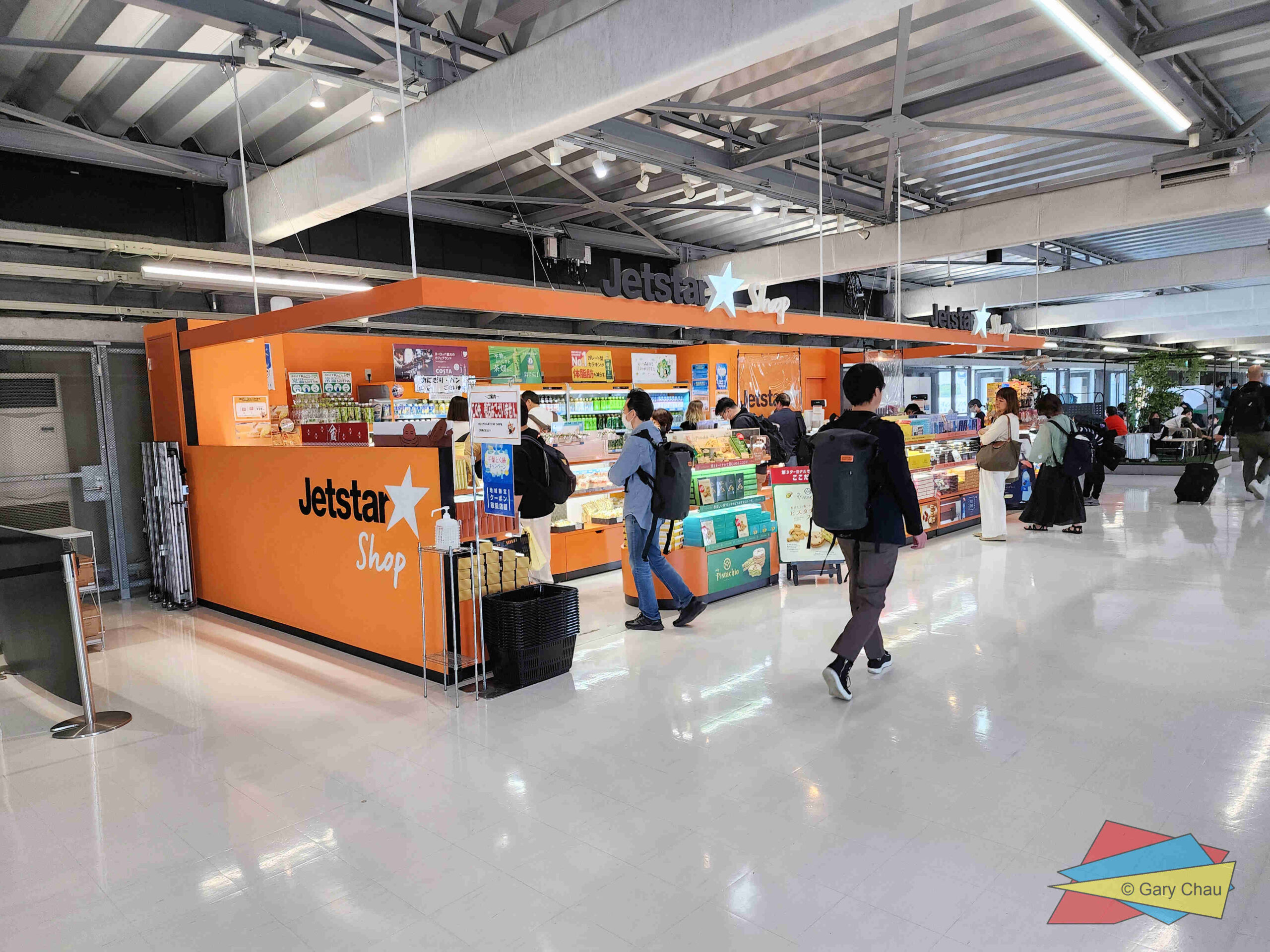The Hakone Open Air Museum (or 箱根彫刻の森美術館) is an incredible indoor and mostly outdoor museum showcasing its exquisite art in a harmonious balance of nature and art. It is a large museum with plenty of worthwhile things to see, plus photo opportunities. At the time, I didn’t see it as just some dull museum, rather I was super intrigued with the abstract art on display, in the vein of Picasso, and the museum’s layout is well thought out and sensible. Hakone is unlike many other places you will ever visit and think that while this museum may be one destination, you will have an overall unforgettable experience in this rural town.
On the day, the sky was drizzling with rain every now and then. It just happened to be an unfortunate wet day. We started the morning from Kobe Station and thought it would be good to add a destination between Osaka and our return to Tokyo. We chose Hakone for it was raved about by friends and other travelers. So we caught the local train from Kobe Station to Shin Osaka Station and then caught the shinkansen (or a bullet train) to Odawara Station. From Odawara Station, we took the local train to Hakone-Yumoto Station. Then we jumped onto the Hakone Tozan Railway, which is mostly a one track line through the hilly regions of Hakone up to Gora Station. All up, it took us around 5 hours from Kobe Station to Gora Station. (Having done this long stretch, I think it is better to visit Hakone from Tokyo given there are more options and you don’t have to spend so long on various trains. You should make sure you have a Japan Rail Pass for the shinkansen, but it won’t help for the local trains and cable car in Hakone.)
Our long train trips left us with little time when we arrived, since we wanted to enjoy a few sights. Looking at our watches, we noticed it was already 2:30 pm, so we made a mad dash (in reality a power walk) to the Hakone Open Air Museum (which closed at 5:00 pm). We walked along the footpath, though there wasn’t always a footpath, to the the museum. (When we got close, we actually had trouble trying to find the entrance, but it was lucky we saw other people so we followed after them.)
We bought our tickets and walked in to see an almost boundless landscape. The moment you walk in, you will probably have no doubt why they call this museum an open air museum. It was vast. The museum has a lot of outdoor art installations, many of which are abstract art. It’s a great museum for those with a creative mind. (I don’t recommend visiting this museum if you are a philistine or with one.) You should get close to the art to see if you can visualize the meaning behind the art.
The art against the nature was incredible. It’s a very well kept museum. We visited during spring, so it was resplendent with shades of color and flowers in certain locales. It was just magnificent.

One of the main attractions is the Symphonic Sculpture, which is worth a visit. It is a very unassuming from the outside, but inside, it’s a different story. When you walk in, you are met with a rainbow tinted windows that stretch from the base to the ceiling. You can check out my walk through the museum and then up the Symphonic Sculpture. I took this video in May 2017, so my video capturing skills was still a work-in-progress.
Even though we only had a few hours. We felt it was worth the trip. We found so many things to see and do, from hidden gems to obstacle courses to attempt.
If you want to be under shelter viewing pieces of art, I recommend visiting the Picasso Exhibition Hall, which houses paintings, sculptures and other ornaments. My tip to find it is simple, as you walk around the museum, you can find this by looking out for the huge Picasso sign or the white square building in the background. The sign, which is part of the building, is in big black letters on a white backdrop or you can just look out for a very big, visibly white block building.
From it’s website:
The Hakone Open-Air Museum possesses a collection of over 300 works by Pablo Picasso.
Centered around a group of 188 ceramic works purchased from Picasso’s daughter, Maya Picasso, it contains works employing a wide range of techniques, including painting, sculpture, tapestry, gemmail, and gold or silver objects.
Picasso always firmly believed that ‘Everything manifests itself in form.’ The attraction of the form itself and the surprise or excitement derived from changes in the form, became what powered his creative activities.
In the works that comprise the museum’s Picasso Collection, we are able to feel Picasso’s endeavor to employ a variety of techniques to transform the image and discover unknown forms.
The entry fee to Hakone Open-Air Museum is around 1,400 yen if you are a holder of the Hakone Free Pass. Otherwise the entry fee is around 1,600 yen.
I would highly recommend making a trip to Hakone. It’s a great place to visit. I had a lot of interesting experiences here, including eating some delicious food, riding a pirate ship and ropeway, to tearing the back of my shorts as I skidded butt on ground, after missing a step, on a really steep walkway.
The Hakone Open-Air Museum is located at 1121 Ninotaira, Hakone, Ashigarashimo District, Kanagawa 250-0407, Japan (and is within walking distance from Gora Station):
Please support the website by liking the article or subscribing to the mailing list. The review and the experience above are based on my own views. No commission, freebies or payments have been received.
Here are some of my recent articles:
Discover more from Australian Sightseer
Subscribe to get the latest posts sent to your email.



